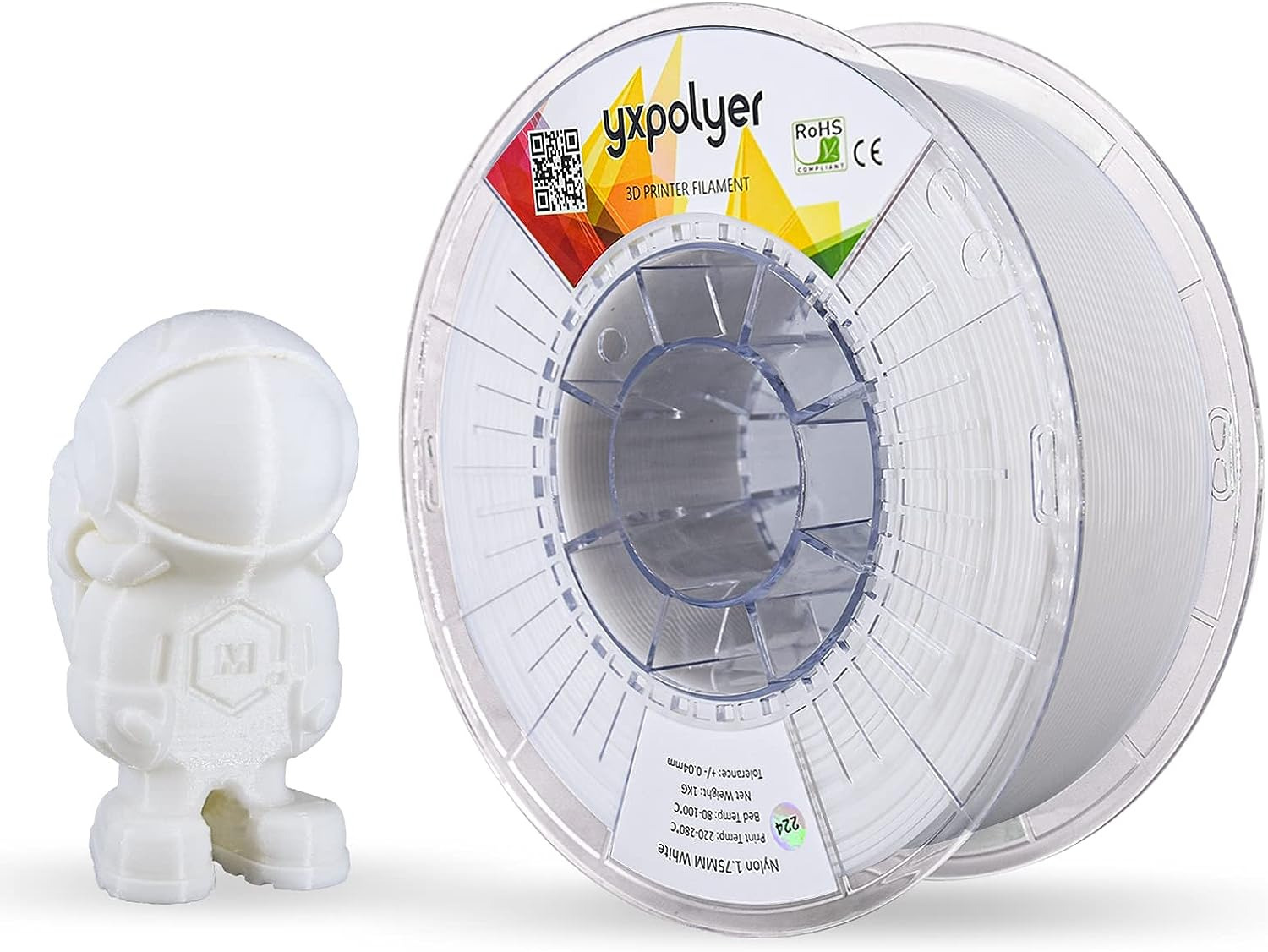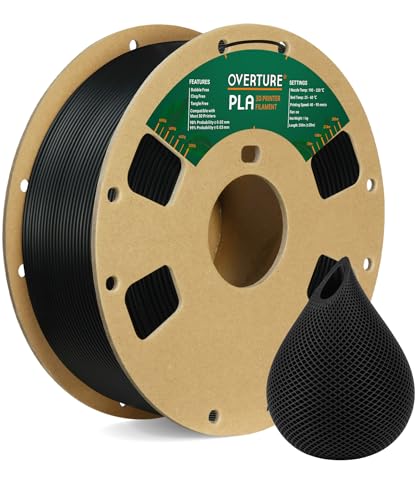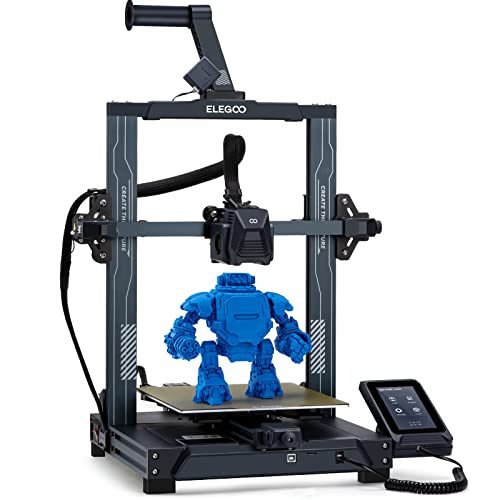SLA printers, or Stereolithography printers, use a unique process that’s quite different from traditional FDM printers. Instead of melting filaments, SLA printers use liquid resin that gets cured by a UV light. This means you get super detailed prints with smooth finishes that FDM printers just can’t match.
One of the standout features of SLA printers is their precision. If you’re working on miniatures or intricate designs, an SLA printer will deliver stunning results. They’re also great for prototyping, especially if you need a model that looks polished right out of the printer. Plus, the layer lines are so fine that they’re hardly noticeable, giving your finished piece a professional touch.
However, SLA printers come with some quirks. You need to handle resin with care, as it can be a bit messy and requires post-processing to clean up your prints. This might not be ideal if you’re looking for a low-maintenance option. When considering SLA vs FDM 3D printers, think about what you need. If detail and finish matter most to you, SLA is a strong contender.
Another thing to keep in mind is the cost. SLA printers and their resins can be pricier than FDM options. But if you want quality over quantity, the investment might just pay off in the long run. Choosing between SLA vs FDM 3D printers boils down to what projects you want to tackle and how much detail you need in your prints.
FDM Printers Overview
FDM printers, or Fused Deposition Modeling printers, are some of the most popular options out there. They operate by melting a plastic filament and laying it down layer by layer to create your model. This simplicity makes them super beginner-friendly, perfect for hobbyists and those just starting with 3D printing.
One of the biggest perks of FDM printers is their affordability. Filament rolls typically cost less compared to the resin used in SLA printers, so you can print a lot without breaking the bank. Plus, FDM printers come in a variety of sizes and designs, giving you plenty of choices depending on your needs.
When it comes to durability, FDM prints usually have good strength, making them ideal for functional prototypes and practical items. They handle stress better than you might think! Plus, maintenance is pretty straightforward. Most users find it easy to swap out filaments and keep their printers running smoothly.
However, FDM printers might not give you the super fine details that SLA printers can create. If your projects require intricate designs and smooth surfaces, you might want to weigh that in the SLA vs FDM 3D Printers debate. But if you’re looking for reliable and versatile printing, FDM is definitely worth considering!
Easy Print Nylon Filament for 3D Printers 1.75mm
Durable and flexible nylon filament designed for high-quality 3D printing
Product information
$49.99
Product Review Score
4.18 out of 5 stars
54 reviewsProduct links
Strengths of SLA Technology
SLA technology has some impressive strengths that make it stand out in the battle of SLA vs FDM 3D Printers. First off, it’s known for producing incredible detail and smooth finishes. This is a game-changer if you’re working on projects that require precision, like jewelry design or medical models. The layer resolution is much finer than what you typically get with FDM printers, so you can create complex geometries without losing any of that fine detail.
Another big plus for SLA printers is the variety of materials they can use. You’ve got access to different resin types that can achieve various properties, from flexibility to high strength. This opens up a whole new world of possibilities for your projects. Whether you're creating prototypes or end-use parts, you can pick a resin that suits your needs perfectly.
SLA printers are also faster when it comes to printing highly detailed models. Since they cure resin in layers using UV light, they can often create pieces quicker than FDM printers, especially for intricate designs. If time is of the essence, this is definitely a factor to consider when looking at SLA vs FDM 3D Printers.
Lastly, cleanup is a bit easier, too. Most SLA printers come with a straightforward post-processing routine. You’ll need to wash off the excess resin, but with proper procedures, it can be efficient and hassle-free. No long wait times for cooling or complicated assembly like you might encounter with FDM prints.
OVERTURE PLA 1.75mm Filament for FDM Printers
High-quality PLA 1.75mm Filament, specially designed for FDM Printers, available at our ecommerce store
Product information
$23.99 $13.29
Product Review Score
4.84 out of 5 stars
148 reviewsProduct links
Benefits of FDM Printing
FDM printing, or Fused Deposition Modeling, has a bunch of perks that make it a solid choice for many 3D printing projects. First off, it’s super accessible. You can find FDM printers at a variety of price points, which makes it easier for hobbyists and pros alike to jump in without breaking the bank. Whether you’re just starting out or looking to upgrade, there’s likely an FDM printer that fits your budget.
Another big win is the range of materials you can use. FDM printers work with all sorts of filaments like PLA, ABS, and PETG. This flexibility lets you pick materials based on what you’re printing—whether you need something sturdy, flexible, or biodegradable. Just choose the right filament, and you’re good to go!
FDM printing also tends to be user-friendly. Many printers come with straightforward software and setup processes that make it easy to get started. Even if you’re not a tech wizard, you can dive into creating your 3D models in no time. Plus, the printing process itself is usually fast and efficient, so you spend less time waiting for your projects to finish.
When you’re weighing SLA vs FDM 3D Printers, consider the support and community around FDM. There’s a huge online community filled with tutorials, troubleshooting tips, and design ideas. If you ever get stuck, solving problems is often just a quick search away, making your experience less frustrating. FDM is all about ease and reliability, perfect for anyone ready to unleash their creativity.





